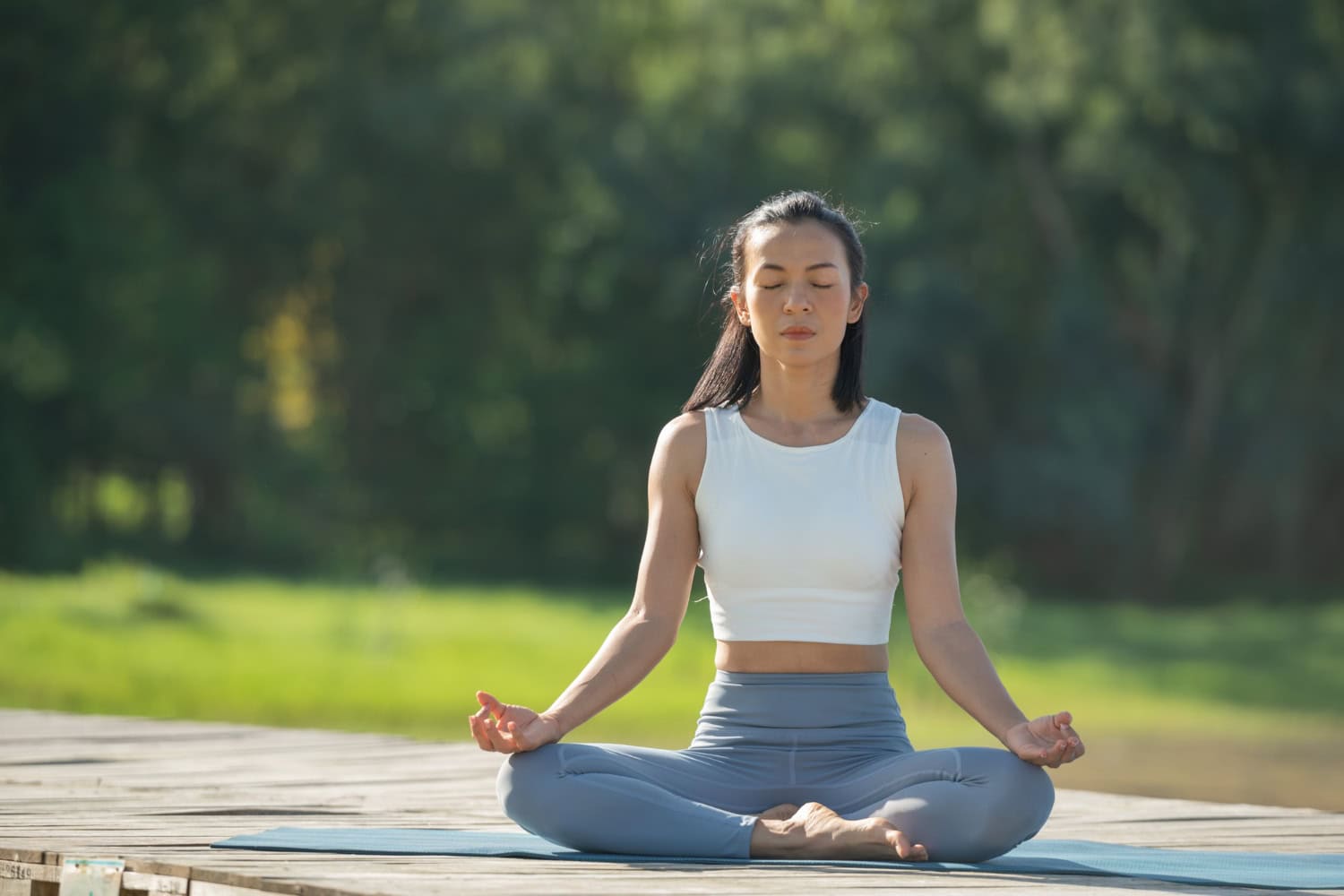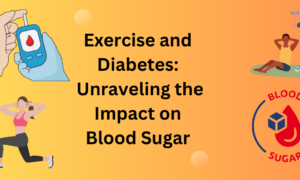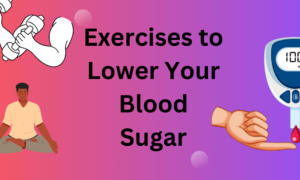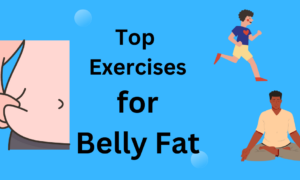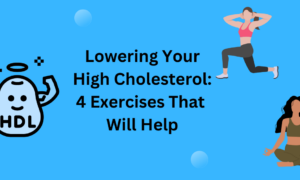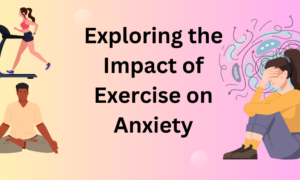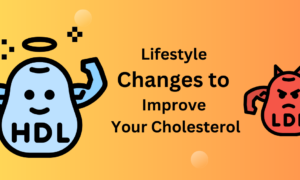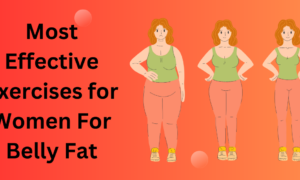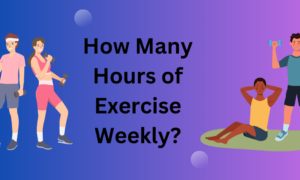In an era of high intensity fitness trends, there is a quiet revolution of mindful exercise happening. This is being driven by a growing awareness of the body’s long term needs, stress related illnesses and an aging population looking for sustainable activity options. Many people today are looking for ways to be fit without pushing their bodies to the limit. Instead of chasing punishing workouts, they are embracing movement that builds physical strength and mental balance.
Enter mindful movement; a harmonious blend of low impact yoga, tai chi for beginners and gentle cardio. These forms of movement are not only good for health and longevity but also a sanctuary from daily stress. They focus on posture, breath and intention so you can move with more awareness and less strain on your joints and muscles.
This combination of practices draws on ancient wisdom and modern science. Yoga with its deep roots in Indian philosophy meets Tai Chi, a centuries old Chinese martial art on the path of mindful movement. When you add low impact cardio to this mix it becomes a dynamic holistic approach to health.
Understanding Mindful Exercise
Before diving into each practice, it’s essential to define what mindful exercise entails. At its core, it is a type of physical activity that requires full mental presence. Unlike conventional workouts that often focus solely on performance metrics, mindful exercise encourages awareness of the body’s sensations, alignment, and breath.
This form of movement is particularly helpful for those recovering from injuries, managing chronic conditions, or seeking a gentler approach to fitness. Mindful routines reduce the risk of overexertion while still improving strength, flexibility, and cardiovascular health. More importantly, they enhance mental clarity and reduce anxiety, making them suitable for people across all ages and fitness levels.
The Foundation of Low-Impact Yoga
Low-impact yoga serves as a gentle entry point into the world of mindful movement. It emphasizes fluid transitions between poses, controlled breathing, and sustained holds that activate both large and small muscle groups. While traditional yoga can involve physically demanding postures, low-impact variants prioritize accessibility and joint safety.
Benefits of Low-Impact Yoga
One of the biggest advantages of low-impact yoga is its adaptability. Whether you’re in your twenties or your sixties, this form of yoga allows you to move at your own pace. The mindful nature of the practice encourages attention to breath, which can help lower cortisol levels and reduce stress.
Flexibility and core strength improve gradually through repetition. Poses such as cat-cow, bridge, and gentle spinal twists promote mobility without placing undue stress on knees or hips. This makes low-impact yoga ideal for older adults or individuals dealing with arthritis or post-injury recovery.
How to Begin a Practice
Starting a low-impact yoga routine requires minimal equipment. A mat, some floor space, and comfortable clothing are often enough. Beginners should focus on foundational poses and consider guided sessions through certified instructors, either in person or online. Consistency is key to experiencing the cumulative benefits of this mindful exercise.
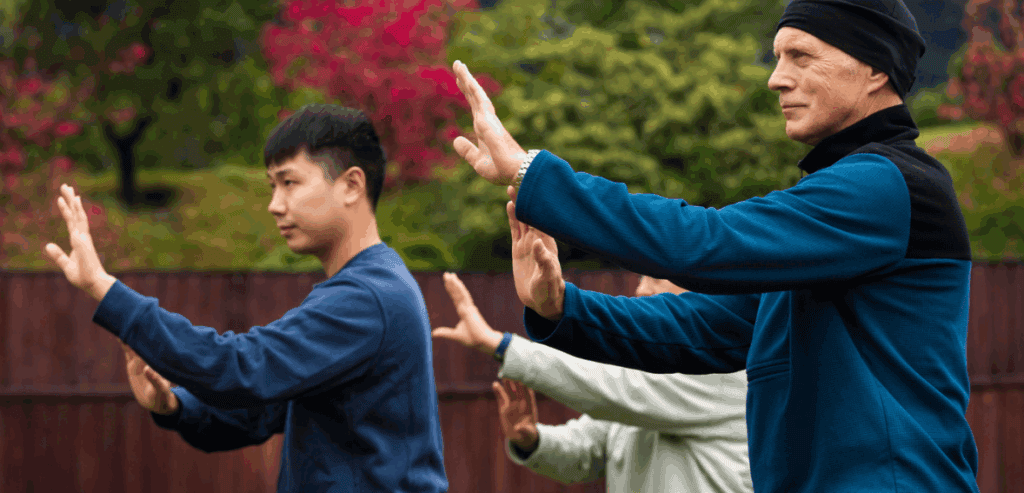
Exploring Tai Chi for Beginners
Tai Chi is often called “meditation in motion”. From ancient China it has evolved into a beautiful system of movement. Tai Chi is slow, deliberate movements synchronised with deep breathing and mental focus.
Why Tai Chi is good for beginners
Tai Chi’s gentle pace and flowing sequences make it one of the most accessible forms of mindful exercise. No special equipment is required and can be done in small spaces. Body awareness and balance helps reduce falls in older adults and the repetitive nature of the forms helps neuromuscular control.
For beginners, joining a Tai Chi class for beginners is a good idea. Instructors will teach the basic stances and breathing techniques before moving on to longer sequences. Practice improves coordination, strengthens leg muscles and improves posture.
Physical and Emotional Benefits
Research has shown that Tai Chi can improve cardiovascular fitness, joint health and reduce symptoms of depression and anxiety. The rhythmic movements calm the nervous system and improve cognitive function making it a full mind-body workout. Unlike more aggressive forms of exercise Tai Chi allows you to exercise without aggravating existing health conditions.
Low Impact Cardio and the Fusion
Yoga and Tai Chi are great for flexibility and balance but low impact cardio ensures heart health and aerobic conditioning. These can include brisk walking, elliptical training, water aerobics and cycling. The key is that the activity raises the heart rate without putting stress on the joints.
Cardiovascular Health Without the Strain
Many people avoid cardio workouts due to concerns about joint pain or past injuries. Low impact cardio offers a solution. It keeps the heart strong, helps with weight management, and improves lung capacity. When done mindfully; for example, by maintaining a steady rhythm and focusing on breath; these exercises can enhance the meditative quality of movement.
Combining Cardio with Mindful Practices
A well-rounded routine might include a 20-minute walk followed by a short yoga or Tai Chi session. This approach allows the body to warm up with cardio and then transition into slower, breath-focused movements that cool the system down. It promotes recovery, reduces muscle tension, and supports longevity in fitness habits.
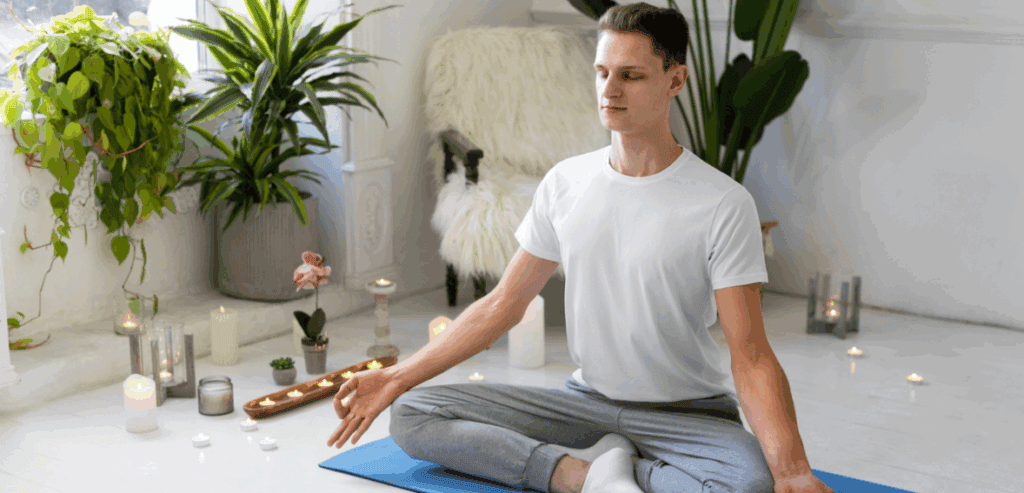
Creating a Mindful Movement Routine
Designing a mindful movement routine doesn’t require complexity. The goal is to integrate movement with awareness, aiming for balance across strength, flexibility, and cardiovascular fitness. Begin with identifying your current activity level and any physical limitations. Then choose a combination of low-impact yoga, Tai Chi, and cardio based on your goals; whether it’s reducing stress, increasing mobility, or staying active as you age.
A sample weekly plan might include:
- Monday: 30-minute Tai Chi session
- Wednesday: Low-impact yoga and breathing exercises
- Friday: 20-minute cardio walk followed by gentle stretching
- Sunday: Combination of all three in a 45-minute guided routine
This balanced approach allows for gradual progression, improved mental focus, and consistent health benefits.
The Science Behind Mindful Exercise
Multiple studies confirm the effectiveness of mindful exercise practices. They are linked to lower blood pressure, better glucose control, improved mood, and enhanced sleep quality. The integration of movement with breath reduces the activation of the sympathetic nervous system, fostering a state of rest and recovery.
Moreover, mindful movement routines help build discipline. By focusing on the present moment, individuals learn to manage distractions and build emotional resilience; benefits that extend far beyond the exercise mat.
Final Thoughts
Mindful movement is not just a trend; it is a meaningful evolution in how we understand and engage with fitness. By merging low-impact yoga, tai chi for beginners, and low impact cardio, we embrace an inclusive, sustainable approach to wellness. This fusion supports long-term health, making fitness more about balance than burnout. It offers something for everyone; whether you’re healing, aging, or simply looking to add more calm to your routine. As awareness grows, so too will the number of people finding strength, clarity, and peace through mindful movement. Let your body and mind move together with intention. That is the true power of the mindful path.

